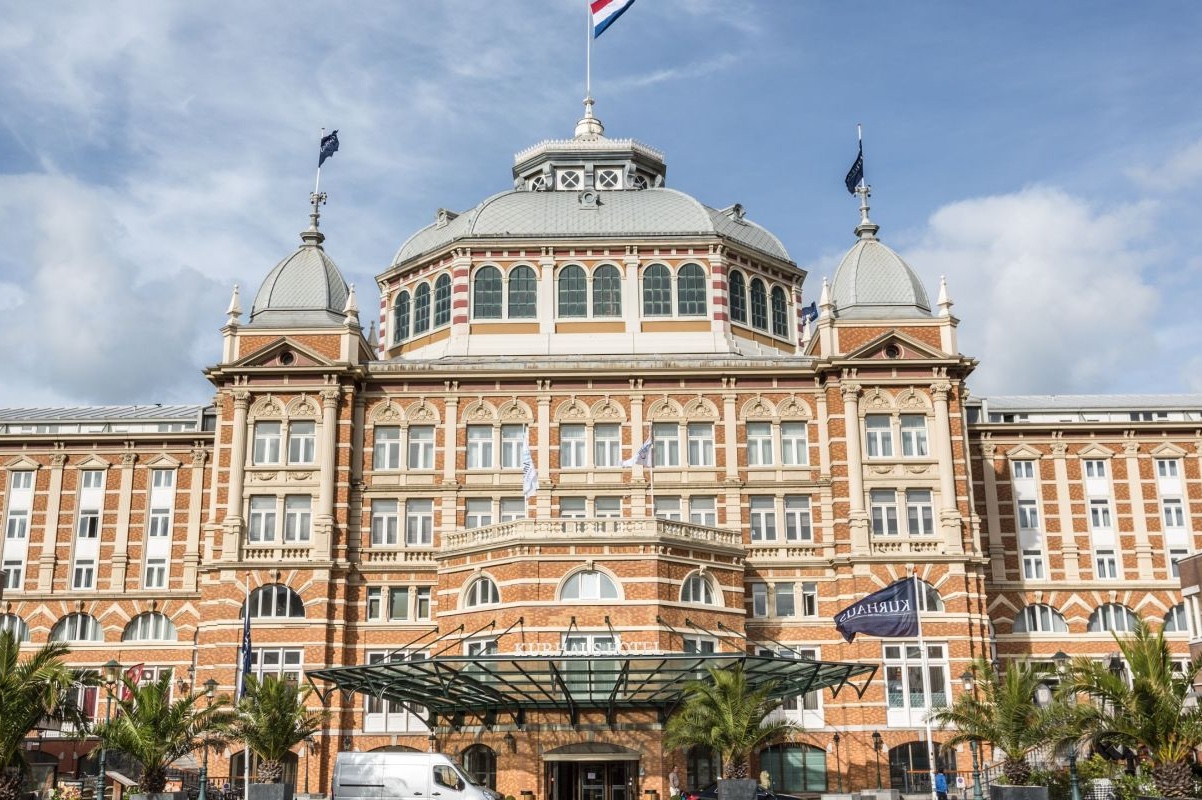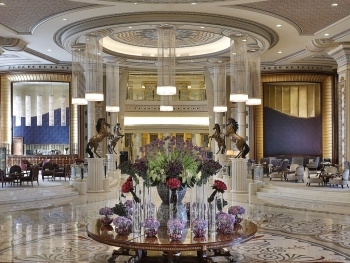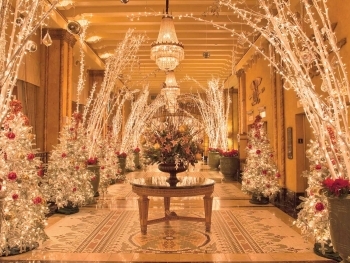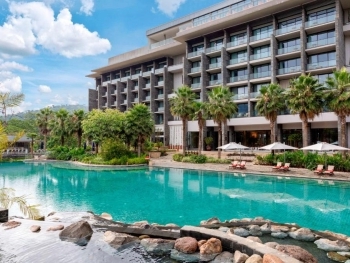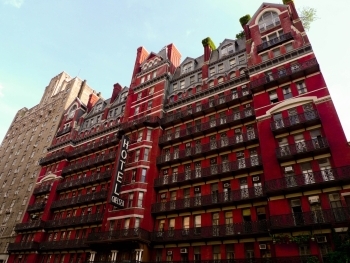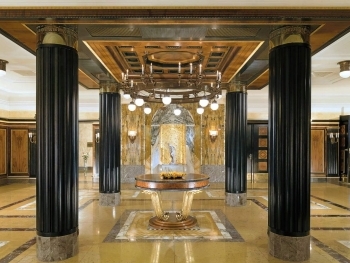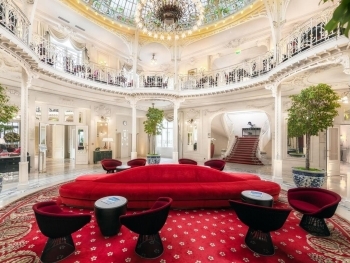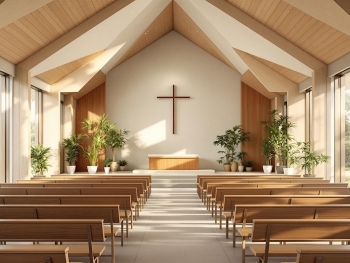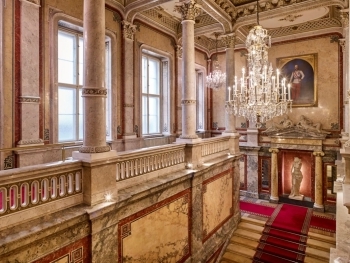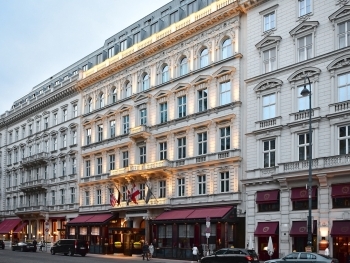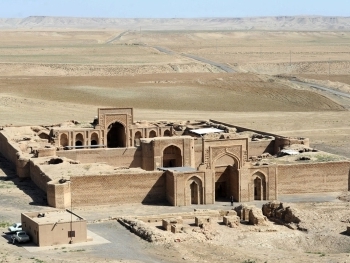Nestled majestically along the picturesque Dutch coast stands the Hotel Kurhaus, a timeless emblem of grandeur and elegance that has graced the shores since 1818. Initially established as a wooden bathing house by Jacob Pronk in Scheveningen, it quickly evolved into the esteemed Grand Municipal Bathing House, laying the foundation for what would become a cherished institution in the region's history.
Origins and Evolution
In 1885, the Grand Municipal Bathing House gave way to the inaugural Kurhaus Hotel, a magnificent structure officially inaugurated by then Mayor of The Hague, Mr. J.C. Patijn. Designed by architects Johann Friedrich Henkenhaf and Friedrich Ebert, the initial Kurhaus boasted a concert hall, 120 opulent rooms, two fine restaurants, and various elegant chambers, embodying the epitome of luxury and sophistication. The construction, amounting to Dfl. 600,000, marked a significant milestone in the architectural landscape of Scheveningen.
Royal Patronage and Cultural Renaissance
The Kurhaus Hotel quickly became a magnet for royalty and luminaries, with Queen Wilhelmina herself gracing its halls in 1893, accompanied by her mother, Queen Regent Emma. The early 20th century witnessed a cultural renaissance within its walls, notably highlighted by the masterful ceiling adornment in the Kurzaal by Brussels artist Van Hoeck in 1904, depicting an array of thematic elements ranging from hunting and fishing to celestial motifs.
Golden Era of Entertainment
Scheveningen flourished as an international hub of musical prowess under the visionary stewardship of Mr. A. Adama Zijlstra, earning him the moniker 'Emperor of Scheveningen'. From the 1920s to the 1960s, the Kurzaal echoed with the melodies of renowned virtuosos and performers, including luminaries such as Mischa Elman, Vladimir Horowitz, Edith Piaf, and Duke Ellington, solidifying its status as a premier venue for cultural enrichment and entertainment.
Turbulent Times and Rebirth
However, the 1960s ushered in a period of transition, marked by shifting tourist preferences and a gradual decline in patronage. The tumultuous concert featuring the Rolling Stones in 1964 underscored the changing dynamics, culminating in the closure of the Kurhaus in 1969. Yet, the dawn of a new era emerged with the Consortium Scheveningen's ambitious revitalization efforts, leading to the meticulous reconstruction of the Kurhaus in 1972.
Reimagined Splendor
The grand reopening of the refurbished Kurhaus in 1979, graced by the presence of HRH Princess Beatrix, heralded a renaissance of opulence and sophistication. Boasting 241 luxurious rooms, two exquisite restaurants, and 14 state-of-the-art conference rooms, the revitalized Kurhaus epitomized timeless elegance fused with modern amenities. A government grant of 50 million guilders facilitated its restoration, securing its designation as a national historic landmark.
Continued Legacy and Renovations
Subsequent decades witnessed a series of enhancements and renovations, including the addition of the iconic Restaurant Kandinsky in 1986, adorned with lithographs by Wassily Kandinsky. Extensive refurbishments in 1990 and 1999 further elevated the Kurhaus experience, culminating in the unveiling of innovative amenities such as the 'Result Room' in 2003, designed to enhance productivity through sensory stimulation.
Celebrating a Storied Heritage
As the Exploitatie Maatschappij Kurhaus commemorated its 25th anniversary in 2004, a special edition of the Kurhaus guest book immortalized the hotel's illustrious legacy. Director Coen Masselink presented the inaugural copy of 'Kurhaus. Een Vorstelijk Verblijf' to HRH Prince Willem-Alexander, reaffirming the enduring allure and regal charm of this iconic establishment.
The Hotel Kurhaus stands as a testament to the enduring allure of timeless elegance, beckoning travelers and connoisseurs alike to immerse themselves in a rich tapestry of history, culture, and unparalleled hospitality along the captivating Dutch coast.
